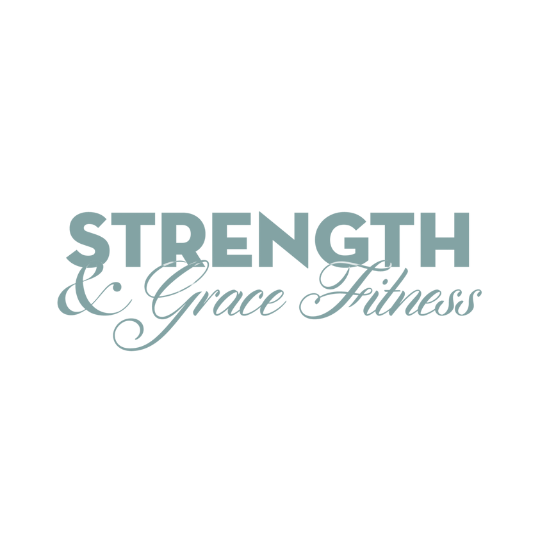Many women fear abdominal training during pregnancy, but there are exercises that are safe and effective during pregnancy. The benefits of strong and flexible abdominals in pregnancy include: minimizing back aches, promotion good posture, and providing some support for the growing uterus.
The abdominals are made up of several different muscles. The transverse abdominus muscle is the deepest support layer and wraps horizontally around the mid-section. It is the transverse that stretches the most during pregnancy yet still acts as a girdle.
The 6 Pack muscle or rectus abdominus is the muscle that most people associate as the “abs”. This muscle runs vertically from the pelvis to the ribs and is divided into two halves, whose primary function is to bend the spine forward. Diastasis recti or the separation of the abdominals during pregnancy is a painless separation of the connective tissue that holds the abdominals together. This separation may cause more pain in the lower back due to the increased load from lack of abdominal separation. The following exercises are designed to help women keep their abdominals strong and flexible during pregnancy.
Checking for DIASTASIS RECTI:
Start by lying on your back with your knees bent and feet on the floor. As you lift your head off the floor, with your fingertips, measure the width of the separation between the muscles. If you can place more than two fingers in the muscle gap, you have diastasis recti.
Trimester #1
- Crunches (Mat or Ball) – in the first trimester the baby is low in the pelvis and regular abdominal exercises will not have any impact on a growing baby. Avoid exercises that “strain” the abdominals, but regular crunches, reverse crunches and hip lifts are ok.
- True Reverse Crunch – holding onto a bench or pole, start with the hips engaged and using the abdominals, contract starting with the base of the pelvis and roll up through the spine, lifting the hips and coming up like you are going over a rod. Knees come up towards the chest into spinal flexion.
- Hip Lifts – done either lying on ground or bench. In lying position, legs are straight up. The big difference between the reverse crunch and the hip lift is the hips will lift straight up which is a contraction of the transverse and isometric of the rectus and obliques, without rocking.
Trimester #2 – marks the stage in pregnancy where women can no longer lie on their backs to exercise
- All Fours Breathing – on all fours, lift from the belly button to draw the abdominals in on and exhale and release on an inhale. This exercise will begin to strengthen the transverse abdominals. Try this 10-15 times, 3 times per day.
- Elevator Holds – seated in a chair, this exercise is similar to the all fours breathing. With shoulders back and down, draw the abdominals in on an exhale and then hold them in while continuing to breathe. Hold this position for 30 seconds and then release. Try this 2-3 times per week; add in a kegels hold to further intensify the exercise.
- Incline crunches on a ball – this smaller range of movement will still allow women to hold the transverse in tight while crunching. At this point women will want to being checking for Diastasis Recti. If diastasis rectus is present, stick to the 3rd Trimester abdominal exercises.
Trimester #3
- Elevator Holds, All Fours Breathing
- Seated crunches – like a regular crunch, but seated in a chair, starting with the elevator hold
